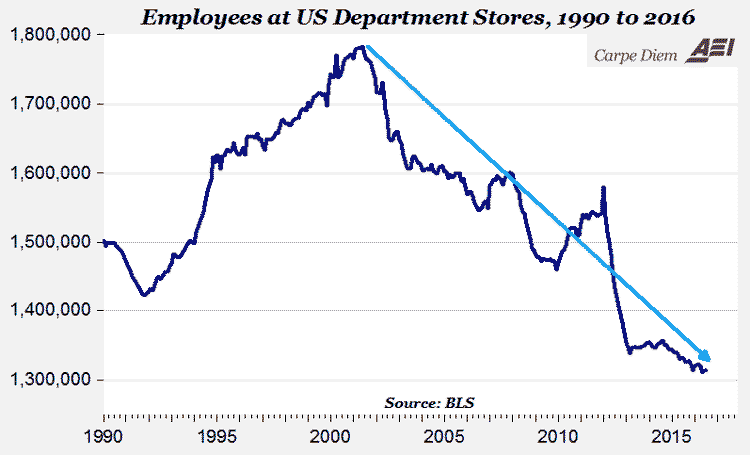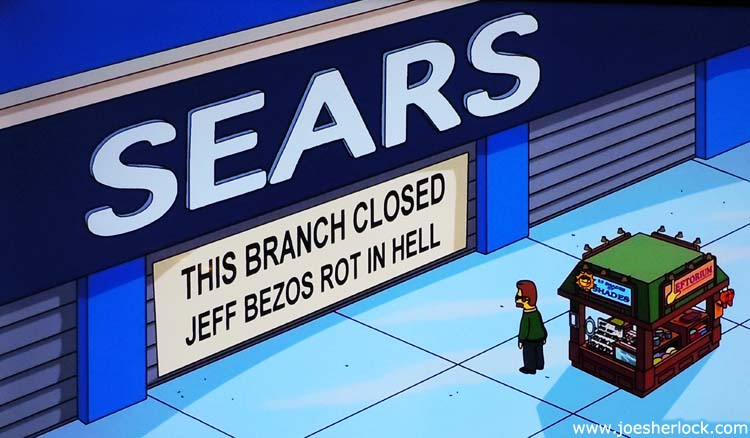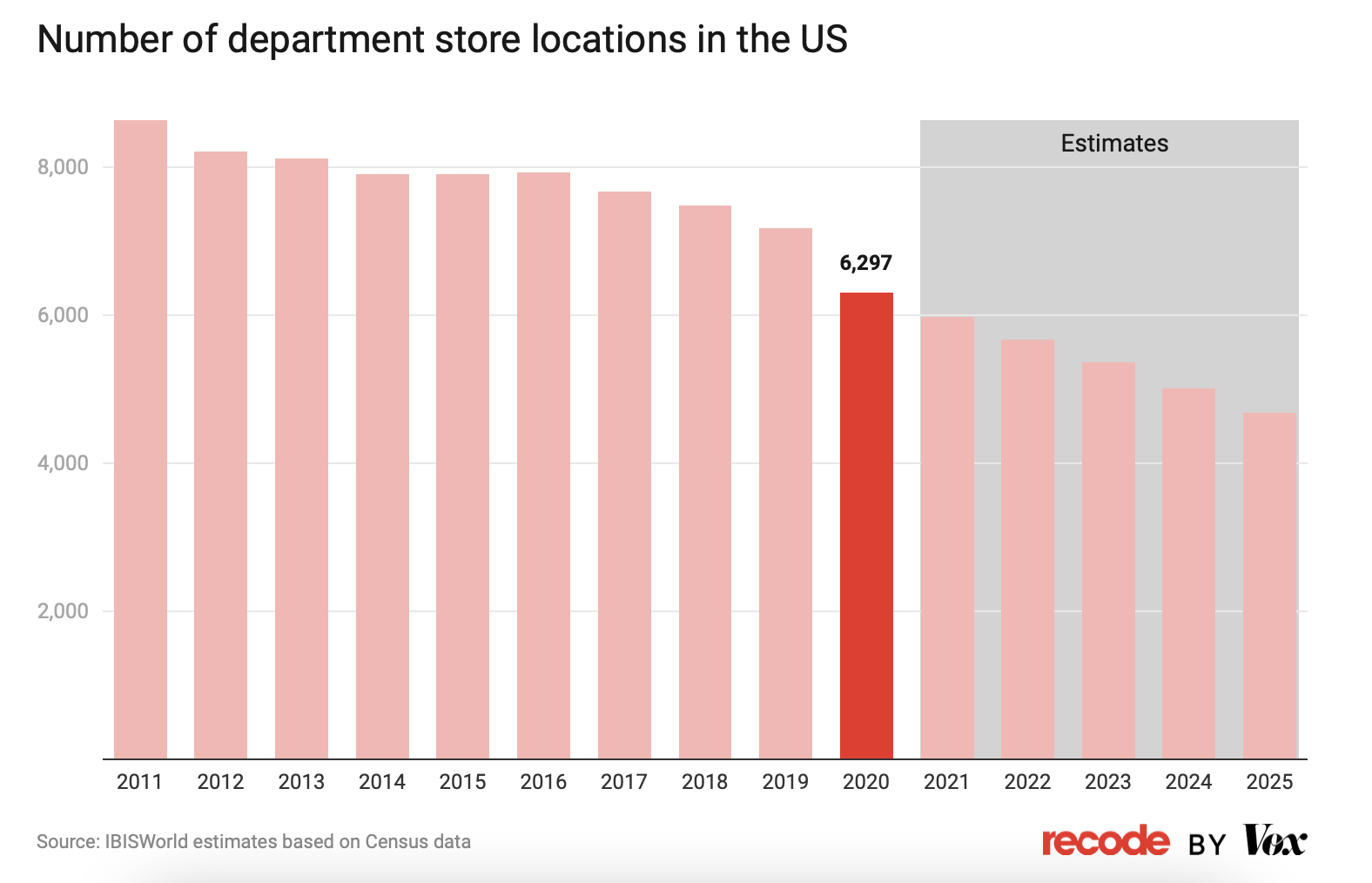 It’s creepy, isn’t it?
It’s creepy, isn’t it?
You venture out to the mall, the air crisp with the scent of winter, your heart buoyant with the melodies of Christmas songs that whisper tales of joy and nostalgia. The parking lot, once a battlefield for spaces on a bustling holiday eve, now welcomes you with open arms, an eerie prelude to what lies within.
As you step through the doors, time seems to warp, reality blurs. The mall, once a vibrant tapestry of lights, laughter, and life, now lies in a somber slumber. The decorations that hang are but ghosts of Christmas past, flickering dimly in the half-lit corridors. The echoes of footsteps, once a symphony of the season’s hustle, now sound like distant drumbeats, fading into silence.
In this surreal landscape, where the past collides with the present, one cannot help but feel the weight of a world that has moved on. The mall, a relic of a time when Retail was king, now bows to the relentless march of online commerce and changing consumer habits.
In 2007, the Berkshire Mall in Wyomissing, Pennsylvania, was a bustling epicenter of retail activity. Taylor Swift, then a 17-year-old with dreams as bright as the baubles she sold at Celeste Handmade Jewelry, was part of this vibrant scene. The mall was more than a shopping center; it was the heartbeat of the community.
As Taylor’s career took off, the Berkshire Mall, like many American malls, faced an existential threat. The rise of online shopping giants, a trend just gaining momentum in 2007, began to chip away at the foundations of traditional retail. By 2010, e-commerce sales in the U.S. had grown to $165.4 billion, a stark contrast to the declining foot traffic in malls.
The Berkshire Mall’s decline mirrored this shift. Once home to over 100 stores, by 2017, key anchors like Bon-Ton and Sears had shuttered, leaving gaping voids. The mall’s occupancy plummeted, a trend seen nationwide where nearly one-third of malls were at risk of closing by 2022.
As Taylor Swift’s albums topped charts and her concerts sold out globally, the Berkshire Mall’s corridors grew quieter. The contrast was stark: in 2020, while Taylor’s album “Folklore” broke records, the Berkshire Mall faced a grim reality with an occupancy rate below 20%, struggling to retain even local businesses.

The rise of online shopping, a nascent force in 2007, had burgeoned into a behemoth, drawing consumers away from brick-and-mortar stores. The Berkshire Mall, once a bustling hub, began to mirror the fate of many American malls – a gradual, inexorable decline. Storefronts shuttered, foot traffic waned, and the vibrancy of the mall dimmed like the fading light of an old-time star – a thing your parents fondly remember but your kids have never heard of…
Taylor Swift continued to reinvent herself, embracing new genres and themes, the American mall, once a symbol of retail dominance, did not reinvent itself and has become a symbol of a bygone era. The decline isn’t just about changing shopping habits; it reflects a deeper shift in social interactions and community spaces. The convenience and variety offered by online shopping slowly eroded the mall’s relevance, much like digital music platforms amplified Taylor’s reach, transcending physical boundaries.

By 2017, Taylor Swift had become a global icon, her music a soundtrack to the lives of millions. The Berkshire Mall, in contrast, had become a shadow of its former self – a relic of a bygone era where shopping was an experience, not just a transaction. The once-thriving corridors now echoed with the memories of a past that seemed as distant as the cassette tapes and CD players of Taylor’s early days.

Taylor Swift and the Berkshire Mall stand as poignant symbols of adaptation and resilience versus stagnation and decline. The mall, once a hub of youthful energy and aspiration, now serves as a reminder of the relentless pace of change in our world.
As we reflect on the legendary malls of our youth, now relegated to the annals of history, we recognize the impermanence of all things. Yet, in this impermanence lies the beauty of growth, of adaptation, and of the endless potential for reinvention – much like a young girl from Wyomissing, who turned her dreams into reality, one song at a time.
“Back when we were still changin’ for the better
Wanting was enough
For me, it was enough
To live for the hope of it all
Cancel plans just in case you’d call
And say, “Meet me behind the mall” – August, Taylor Swift








